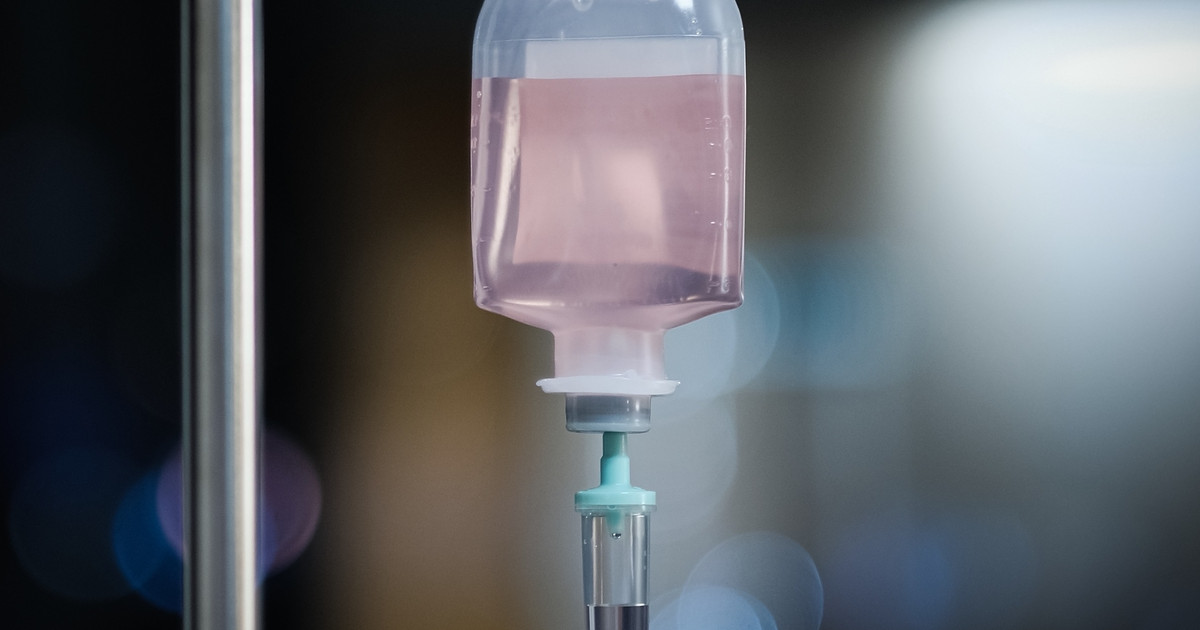Bladder Cancer: Stages And Treatments
The bladder stores pee until it is ready to leave the body. Bladder cancer occurs when abnormal cells grow and clump in the bladder, forming tumors. Although an exact cause is unknown, experts agree chemical exposure, smoking, chronic bladder irritation, and parasitic infections all increase a person’s risk. Key signs of bladder cancer include back pain, pelvic pain, frequent peeing, and blood in the pee. Bladder cancer is staged using the TNM system and involves 5 stages. The stage given to a person’s bladder cancer is based on how it has (or has not) spread.
Bladder cancer is treatable! There are several options for treatment. This includes metastatic bladder cancer treatment and urinary bladder cancer treatment. There are even effective ways to deal with bladder cancer treatment side effects. Let's get into the details now.

Radiation
Bladder cancer often requires radiation therapy as a treatment. Radiation involves high-energy rays that damage and kill cancerous cells. This prevents them from growing and multiplying more. Bladder cancer must be contained in one region for this treatment to be effective.
Women with bladder cancer have two options when it comes to radiation: internal or external. In external radiation, a machine placed outside the body delivers the high-energy rays! Internal radiation places the radioactive material inside the body near the cancerous cells. Radiation is often used along with chemotherapy. It is also an alternative to surgery!
Chemotherapy
Chemotherapy is the most popular method of treating cancer. Those with bladder cancer often receive chemo along with surgery or radiation for the best effects. Chemo works by the drugs destroying cells in the process of cell division. It is particularly effective because cancerous cells divide rapidly, so chemo is great at destroying them.
However, since healthy cells also divide, chemo affects them as well. This is why chemo comes with side effects! Chemo is delivered to the whole body or directly into the bladder in cases of bladder cancer. The targeted chemo is useful to avoid damage to other tissues. It is used when bladder cancer hasn’t spread!

Cystectomy
A cystectomy is a surgery used to treat bladder cancer. In the surgery, part or all of the bladder is removed. Partial removal is used for bladder cancer where there is only one tumor that won’t interfere with normal bladder function when removed. With the entire removal of the bladder, women with bladder cancer also often have to have the ovaries, uterus, and part of their vagina removed. This ensures no cancerous cells are left behind and provides little opportunity for the cancer to return. There is reconstructive surgery after this, since urine and waste need alternative ways to leave the body.
Transurethral Resection
Transurethral resection is another surgery used to treat bladder cancer. This procedure is appropriate for those whose cancer hasn’t spread beyond the inner layers of their bladder. This surgery uses a long surgical instrument called a cystoscope. It has a wire on the end of it! It is inserted into the urethra and bladder and uses an electric current in the wire to get rid of the cancerous cells. This surgery is minimally invasive, making it a popular option for women. One round of chemo is typically injected at the end of this surgery to ensure all cancerous cells are killed.

Urinary Diversion
Urinary diversion is used when people with bladder cancer require another way for pee and waste to leave their bodies after surgery removes their bladder. One method of urinary diversion uses a piece of the intestine to make a neobladder, which is in the shape of a sphere. This will then be attached to their urethra.
Another option is an ileal conduit, which uses a piece of the intestine to create a tube that will drain pee from the kidneys, into the ureters, and then out of the body through this tube. Those who have this type will need a urostomy bag. These bags must be emptied multiple times a day! Another option for urinary diversion is using the intestine to create a pouch to hold pee. This pouch will be drained through a catheter multiple times a day.